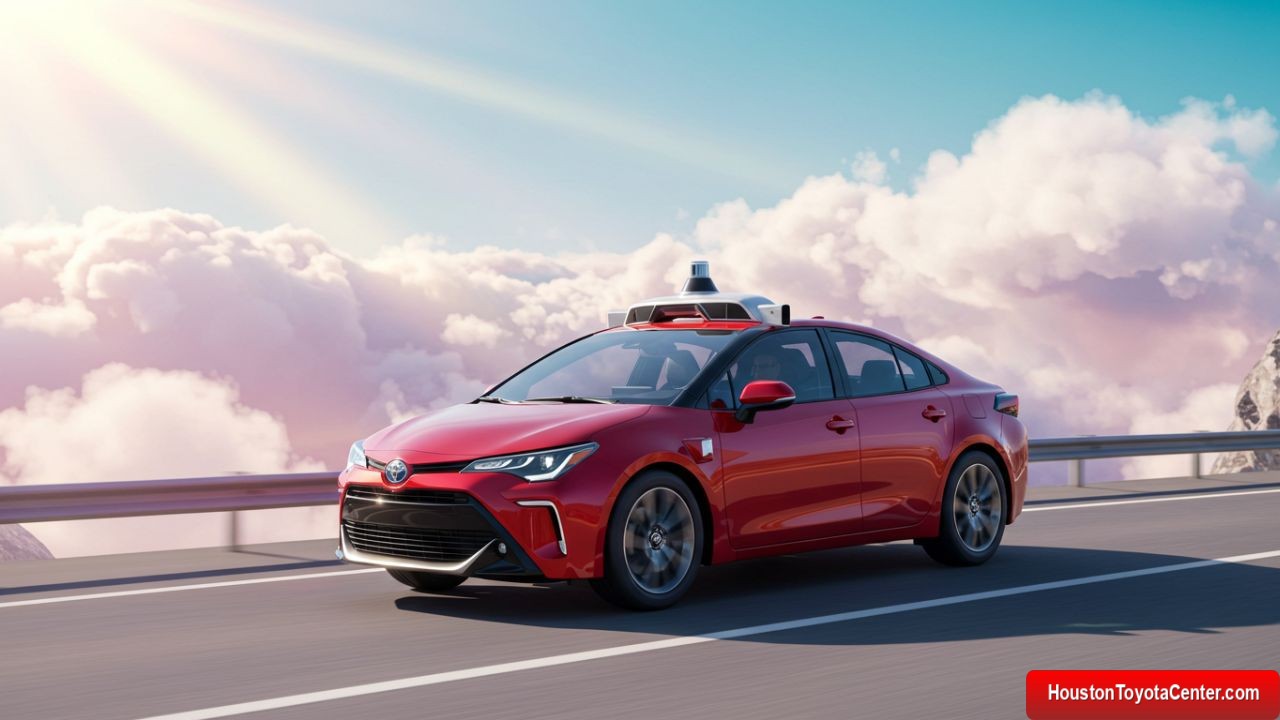The advent of self-driving cars represents one of the most transformative technological shifts in the automotive industry. As a global leader in automotive innovation, Toyota has positioned itself at the forefront of this revolution. This article explores Toyota’s contributions to autonomous vehicle (AV) development, examining its technological milestones, strategic partnerships, safety frameworks, and vision for a future where mobility is accessible, safe, and sustainable.
1. Historical Context: Toyota’s Journey into Autonomy
Toyota’s foray into autonomous driving began in the early 2000s, coinciding with advancements in AI and sensor technology. Initially focused on enhancing driver safety through features like adaptive cruise control and lane-keeping assist, Toyota gradually shifted toward higher levels of automation. Key milestones include:
- 2015: Establishment of the Toyota Research Institute (TRI), a $1 billion initiative dedicated to AI, robotics, and AVs.
- 2016: Launch of the Platform 2.1 test vehicle, equipped with LIDAR, cameras, and radar for urban autonomy trials.
- 2020: Introduction of the “Woven Planet” subsidiary, consolidating software and connectivity efforts for next-gen mobility.
Toyota’s philosophy emphasizes mobility for all—a commitment to inclusivity, particularly for aging populations and individuals with disabilities. This ethos shapes its incremental approach to autonomy, prioritizing safety and reliability over rapid commercialization.
2. Technological Innovations: Guardian and Chauffeur
Central to Toyota’s strategy are its dual-path systems: Guardian and Chauffeur.
FREE: Quickly identify and understand problems with your vehicle 🚘
CLICK HERE- Guardian: An advanced driver-assistance system (ADAS) designed to augment human drivers. Using AI and sensor fusion, Guardian monitors surroundings and intervenes during emergencies (e.g., collision avoidance). Unlike fully autonomous systems, Guardian retains human oversight, aligning with Toyota’s safety-first ethos.
- Chauffeur: Aimed at achieving Level 4/5 autonomy, Chauffeur targets scenarios where human input is unnecessary. Deployed in controlled environments like highways, it integrates machine learning to navigate complex traffic patterns.
These systems leverage TRI’s breakthroughs in machine teaching, where robots learn tasks through human demonstration, accelerating AI training.
3. Strategic Partnerships and Collaborations
Toyota has forged alliances to accelerate AV development:
- Aurora Innovation: Partnered in 2021 to integrate Aurora’s self-driving stack into Toyota’s Sienna minivans for ride-hailing services.
- Uber: Invested $500 million in Uber’s AV division in 2018, though the partnership scaled back after Uber sold its self-driving unit to Aurora in 2020.
- Woven Planet: Acquired Lyft’s Level 5 AV division in 2021, bolstering software capabilities.
These collaborations highlight Toyota’s hybrid approach: blending in-house R&D with external expertise.
4. Safety First: Toyota’s Multi-Layered Safety Framework
Safety is paramount in Toyota’s AV development. Key initiatives include:
- Redundant Systems: Dual steering, braking, and power systems to mitigate failures.
- Simulation Testing: TRI’s “virtual proving grounds” simulate billions of miles across diverse scenarios.
- Real-World Trials: Deploying test fleets in Tokyo, Ann Arbor, and other cities to refine algorithms.
Toyota also advocates for industry-wide safety standards, contributing to SAE International’s AV guidelines.
5. Case Study: The e-Palette and Mobility as a Service (MaaS)
The e-Palette, an autonomous electric shuttle, epitomizes Toyota’s vision for MaaS. Unveiled in 2018, this modular vehicle serves diverse roles—from ride-sharing to mobile clinics. During the 2020 Tokyo Olympics, e-Palettes ferried athletes, though a collision with a visually impaired pedestrian prompted software updates. This incident underscored the challenges of real-world AV deployment and Toyota’s commitment to iterative improvement.
6. Ethical and Regulatory Challenges
Autonomous vehicles raise ethical dilemmas, such as algorithmic decision-making in unavoidable accidents. Toyota addresses these through transparent AI frameworks and public engagement. Regulatory compliance remains complex, with varying standards across regions:
- Japan: Supportive policies, including national AV testing zones.
- U.S.: Collaboration with NHTSA and state governments to align safety protocols.
Toyota’s lobbying efforts emphasize harmonizing global regulations to streamline AV adoption.
7. Competition and Market Positioning
While Tesla and Waymo dominate AV headlines, Toyota differentiates itself through pragmatism. Instead of chasing full autonomy, it focuses on incremental ADAS advancements. This strategy aligns with consumer readiness and regulatory realities. However, competitors’ progress pressures Toyota to accelerate Chauffeur’s deployment.
8. The Road Ahead: Toyota’s Vision for 2030 and Beyond
Toyota’s roadmap includes:
- Commercialization of Level 4 Vehicles: Targeting ride-hailing and logistics by 2025.
- Integration with EVs: Launching autonomous electric models under the bZ4X lineup.
- Smart Cities: Collaborating with Woven Planet to build connected urban ecosystems in Japan.
Conclusion
Toyota’s methodical, safety-centric approach positions it as a key player in the AV landscape. By balancing innovation with inclusivity, the company aims to democratize autonomous mobility while addressing societal challenges. As the industry evolves, Toyota’s blend of tradition and futurism may well define the next era of transportation.


Leave a Reply